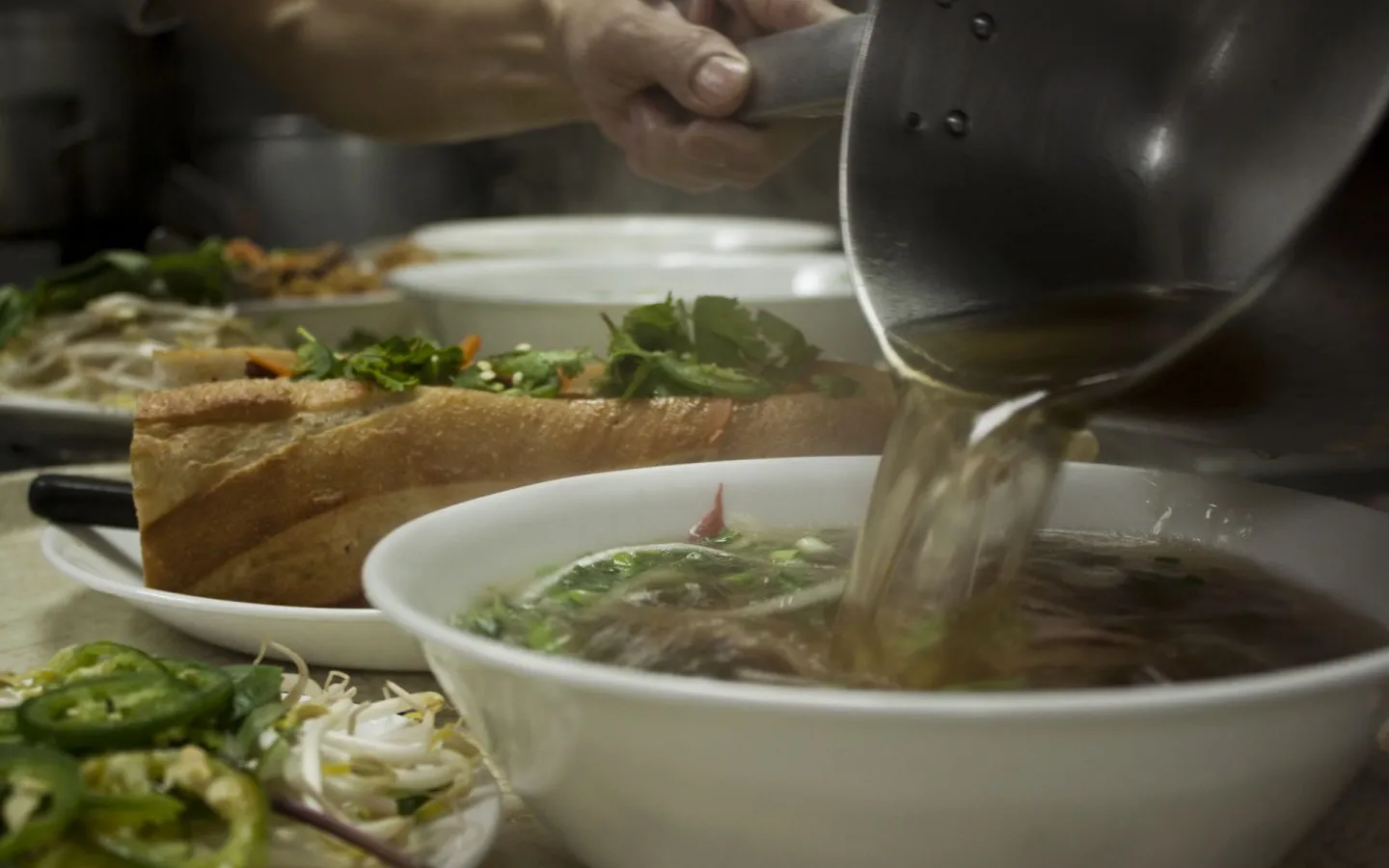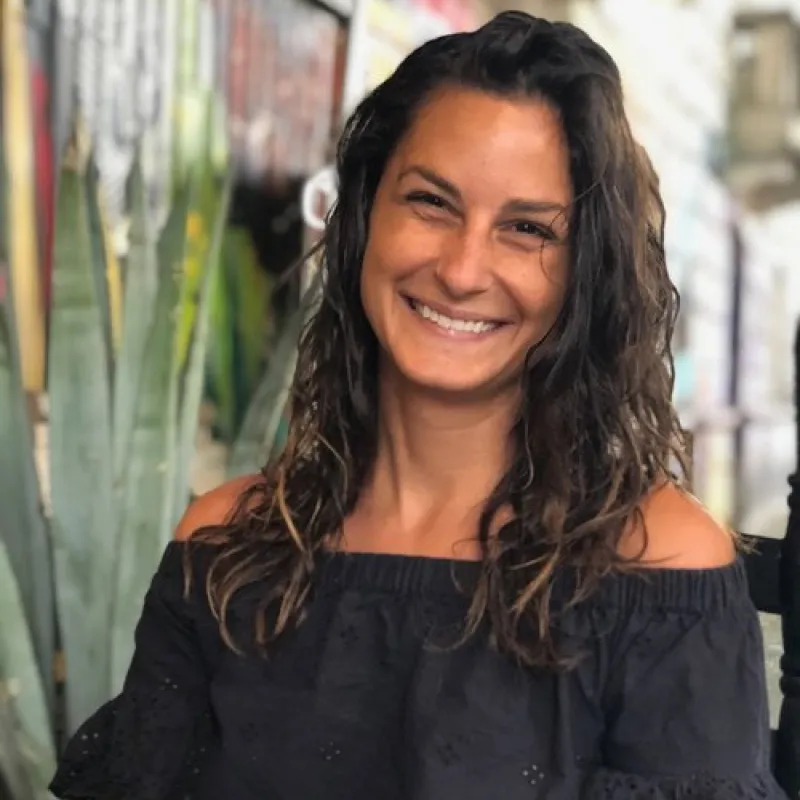
- Home
- Culture Heritage
Where and How to Experience Minnesota’s Vibrant Immigrant Cultures
Minnesota might be known for its Scandinavian heritage, but there’s so much more to the state than gravlax and lefse. Nearly half a million immigrants — from students to refugees — have made the North Star State home.
The Land of 10,000 Lakes has a long tradition of welcoming immigrants. In 1867, the state established a Board of Immigration to promote travel and immigration across Minnesota, helping countless newcomers along the way.
Today, Minnesota is home to a rich tapestry of immigrant communities and the vivacious cultures they’re eager to share. From more established communities to small but mighty ones, here’s how to experience the riches of Minnesota’s immigrant cultures firsthand.
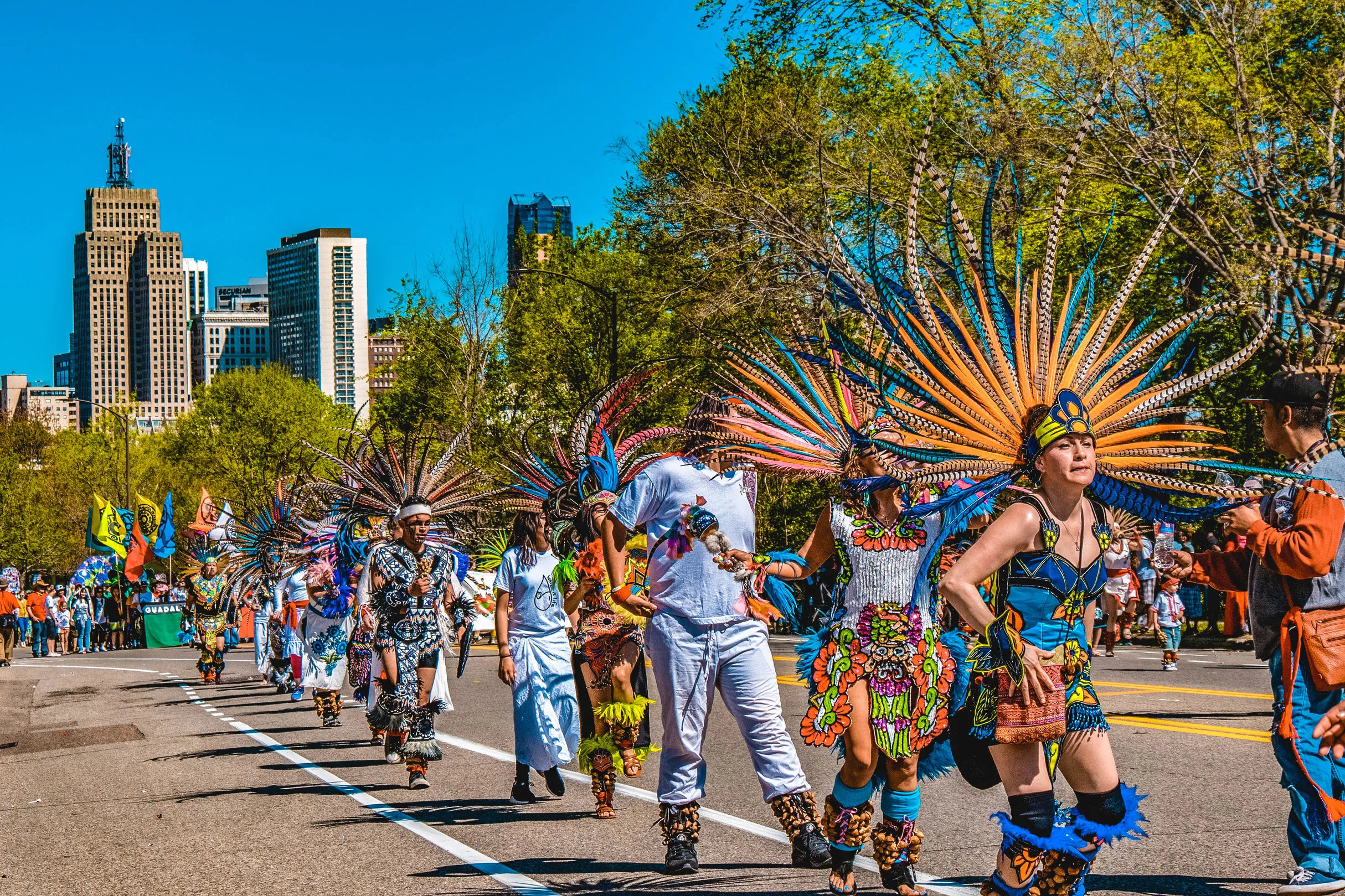
Burmese
From Karen to Karenni and Mon, Minnesota is home to more than 22,000 Burmese refugees and immigrants. Sample mohinga (peppery catfish chowder, a signature Burmese dish) or a transportive twist on the Juicy Lucy (a cheese-stuffed chapli burger) at St. Paul’s Mandalay Kitchen, which offers Burmese dishes alongsideh Thai and Karen cuisine.
Get the full Southeast Asian night market experience each summer at the Little Mekong Night Market in St. Paul’s cultural district of the same name. Experience the work of Burmese artists and more at the XIA Gallery & Cafe, also in the state’s capital.

Chinese
Since first arriving in the state in the mid-1870s, most of Minnesota’s Chinese immigrants have settled in the Twin Cities and Duluth. Two of the most notable Chinese Minnesotans are Leeann Chin — who launched her now infamous namesake restaurant chain in Minnetonka in 1980 — and Tammy Wong, the chef-owner of the beloved Minneapolis restaurant Rainbow Chinese.
Today, Bloomington’s Mandarin Kitchen serves can’t-miss dim sum every weekend. The suburb is also home to the Chinese Community Center that offers cultural resources like language classes.
When the Chinese New Year rolls around, special events include whole-family feasts at Dinkytown’s Legendary Spice to traditional dance events at St. Paul’s CAAM Chinese Dance Theater. Finally, don’t miss Eden Prairie’s Asia Mall for groceries, seafood, and more alongside businesses like CIAC Travel, which helps organize trips to China.
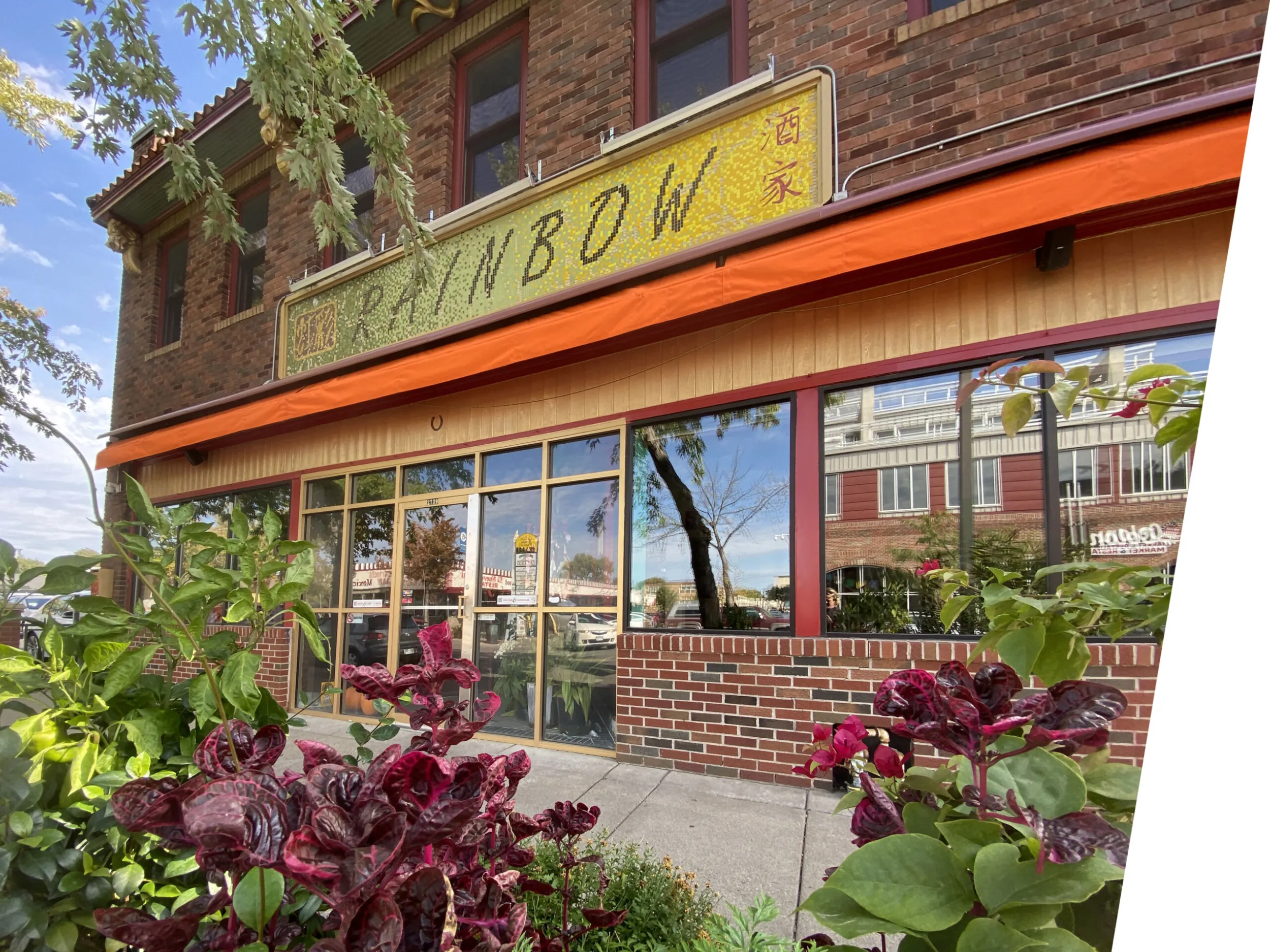
Ethiopian
Minnesota has the third largest population of Ethiopians behind D.C. and Maryland. A new Ethiopian restaurant, Jebena Ethiopian Cuisine, just opened its doors in Worthington this year, serving up pastries like flaky sambusa alongside kikil stew.
Worthington is also home to World Mart, an African grocery store that operates a mobile grocery truck of the same name, while Rosemount has Intoto Ethiopian Market & Takeout. In 2008, Henok Alemayehu Degfu founded the Minnesota-based ZeHabesha, which is now recognized as one of the world’s leading sources of Ethiopian news.
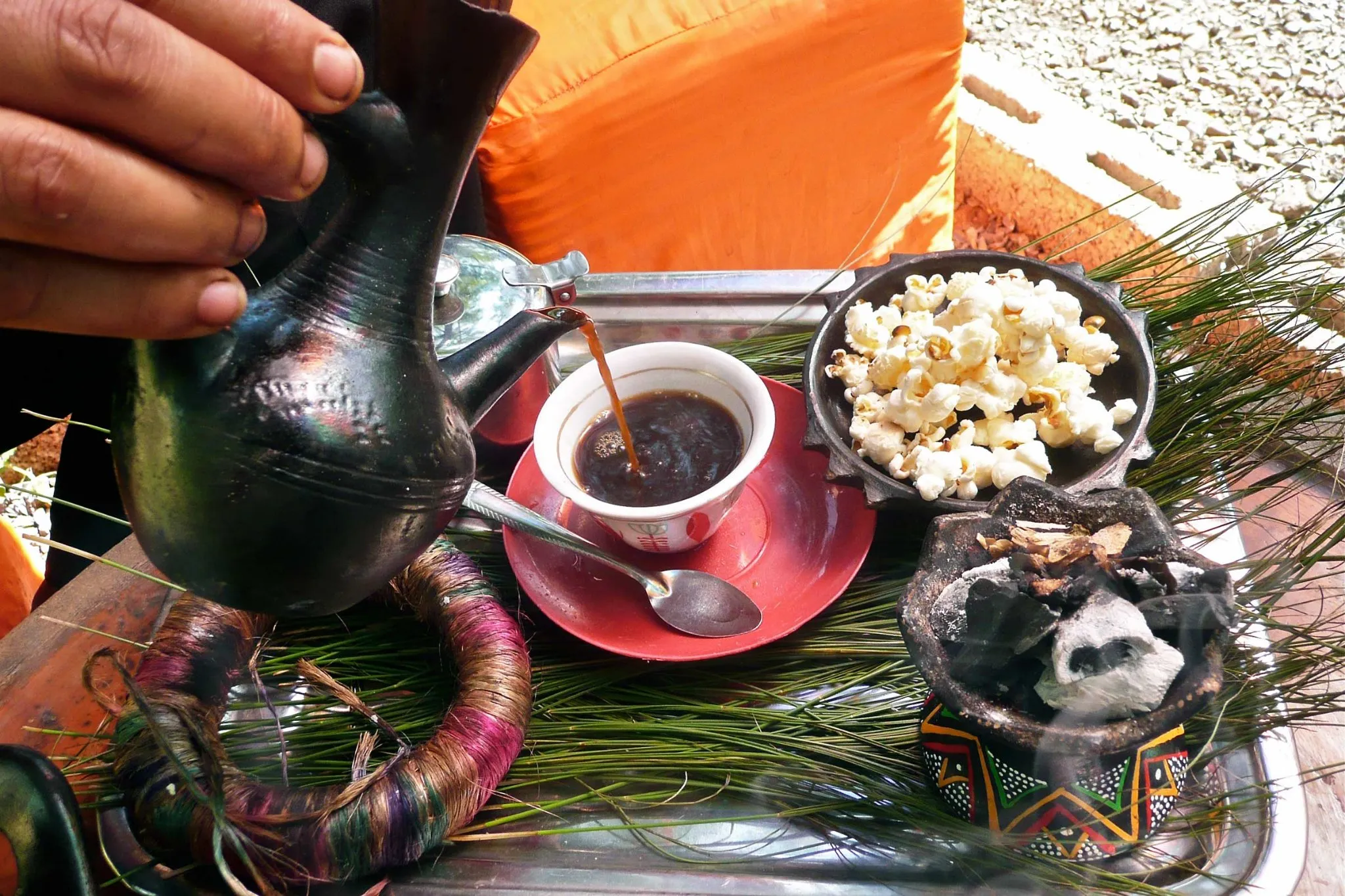
Hmong
St. Paul is home to the largest urban Hmong population in the United States and its lively Frogtown neighborhood has become an anchor of Hmong culture. With over 100 shops and restaurants, Frogtown’s Hmongtown Marketplace is one of the best flea markets in the state. With a goal of opening in early 2025, the marketplace is expanding into the former Sears location at the Maplewood Mall.
St. Paul’s Hmong Cultural Center (especially its museum and resource library) are great ways to soak up the history and culture of this group. Each summer, the capital city is home to the Hmong International Freedom Festival that, along with traditional food vendors and the like, celebrates Hmong history and culture while hosting the largest Hmong sports event in the country known as the Hmong American Olympics. The most popular sport to catch is Kato, something of a soccer and volleyball blend.
Finally, there’s the Hmong American Farmers Association in Dakota County, which supports Hmong farmers by offering a CSA subscription to Hmong-grown produce. Not to mention a flurry of noteworthy Hmong chefs — including Diane Moua, Yia Vang and Marc Heu — and Olympic gold medalist Sunisa Lee.

Indian
American Indians are one of the state’s fastest growing populations. Each year the Indian Association of Minnesota hosts an annual IndiaFest in St. Paul, flooding the capital lawn with Bollywood music, food, dancing and more.
To enjoy the delights of Indian food anytime, stop by Bloomington’s Dosa South Indian Grill, which serves curries and more alongside its namesake dish, a savory, crepe-like street food.
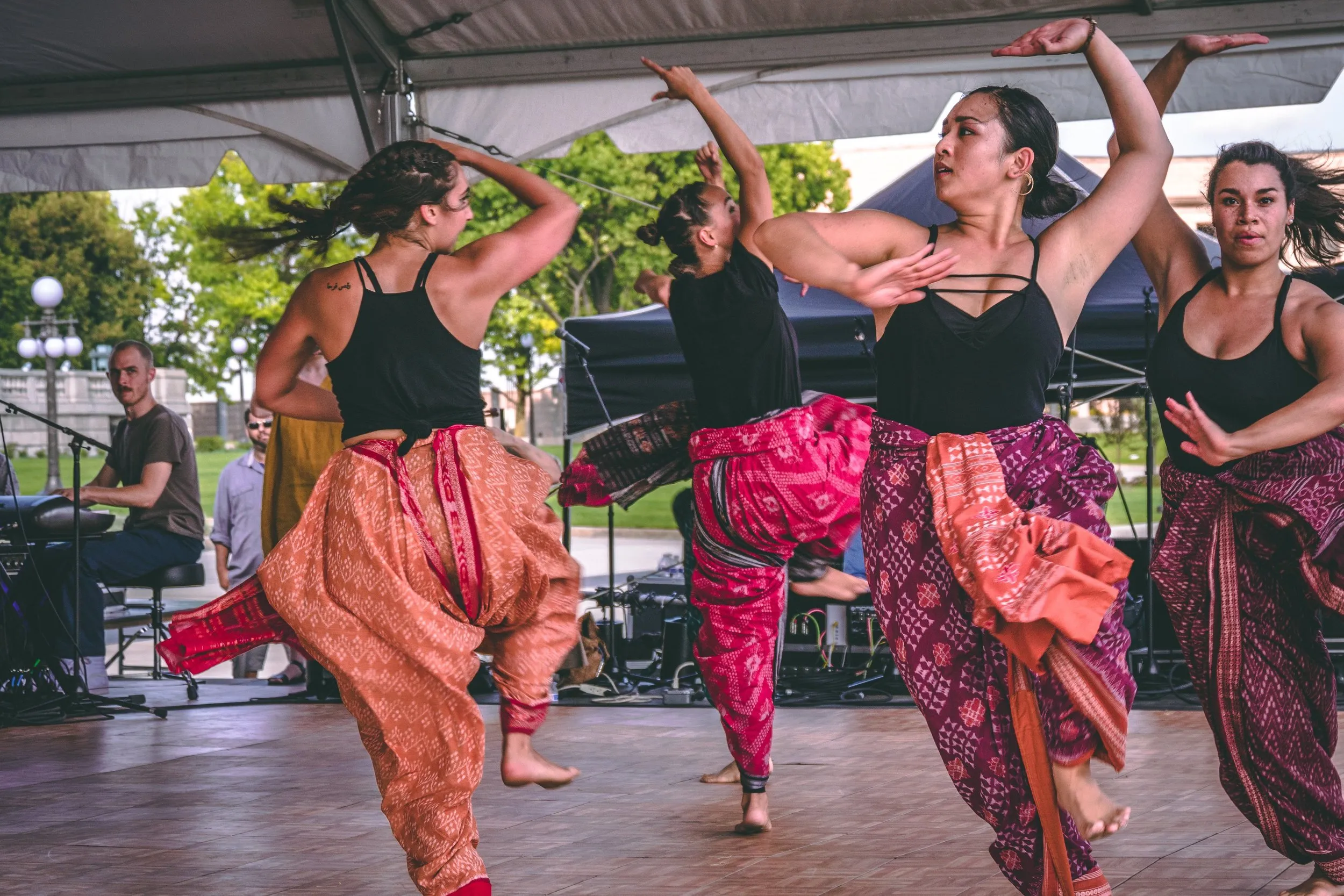
Liberian
Brooklyn Park is home to the largest population of Liberians outside of the Republic. That’s why Liberian Independence Day is celebrated there every year on July 26.
But you don’t have to wait until then to enjoy Liberian food; it’s featured in a number of West African restaurants like Minneapolis’ Akwaaba Restaurant and Market, City Afrique Restaurant, and Brooklyn Center’s Taste of Africa. Scoop up some of Ma Bea’s Taste of Liberia sauces to bring Liberian flavors home to any meal.
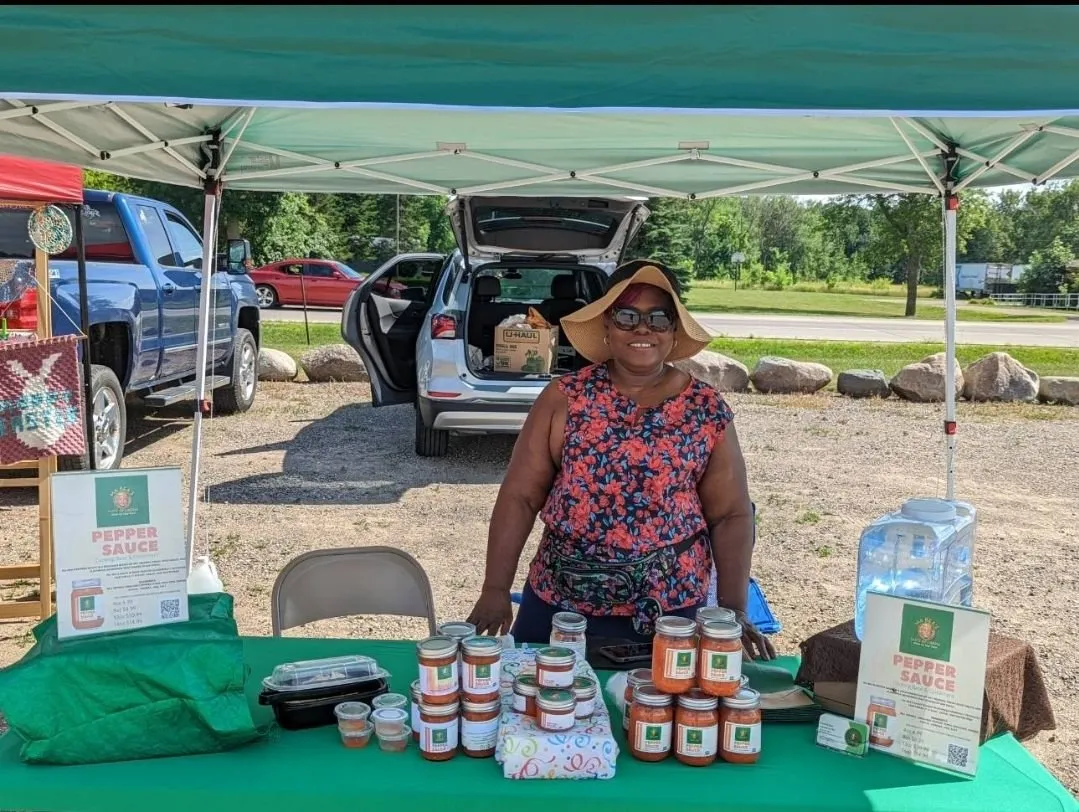
Mexican
Stroll down the east side of Lake Street and it’s practically impossible to not catch the Mexican culture that comprises the heart of the city. Mercado Central is brimming with everything from Mexican sweet breads to tacos year-round, but floods with marigolds, papel picado, and sugar skulls for celebrating Día de Los Muertos each November.
North Minneapolis’ La Doña Cervecería brewery has food, beer, salsa nights, and weekly Spanish language meetups.
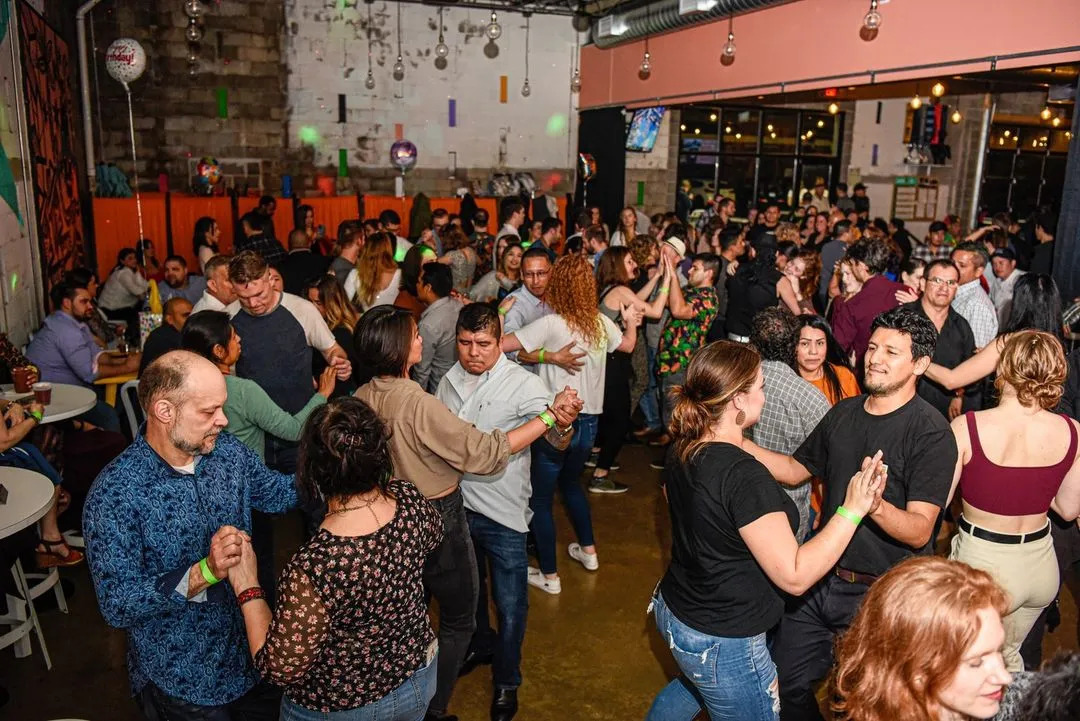
Somali
Each summer, the Twin Cities see a vibrant, seven-day celebration enjoyed by over 40,000 participants known as Somali Week. It’s the largest Somali celebration in the state, hosting an array of events like a soccer tournament, a Somali American business conference, an Independence Day festival, and more.
Check out the Somali Museum of Minnesota in Minneapolis. It showcases more than 700 pieces of Somali art while also hosting a youth dance troupe. Baarakallah Somali Cuisine in Minneapolis and Sambusa King in Hopkins are excellent options for Somali fare.

Swedish
Swedish immigrants flooded Minnesota before it was even a state, leaving a cultural mark that’s still highly visible today. Minneapolis’ American Swedish Institute is part heritage museum, part cafe, part cultural meeting place. A few blocks south is Ingebretsen’s, a Scandinavian gift shop featuring housewares, foods like cheeses and lefse, and Nordic crafting classes.
Scandia’s Gammelgården Museum honors Swedish immigrants while The Lindstrom Bakery offers Nordic fare including donuts dubbed the best in Minnesota by Food & Wine. Finally, check out the 22-foot tall Swedish Dala Horse in Mora that was erected in 1971.

Vietnamese
Pho is perhaps one of Vietnam's most popular dishes in the U.S. and there’s no shortage of options for enjoying it in Minnesota. St. Paul’s family-owned Pho 79 offers a no frills take on the classic as does Rochester’s Pho Chau.
But there’s so much more to Vietnamese culture than food, as the Vietnamese Community of Minnesota shows with its wide range of cultural events throughout the year, from concerts and performances
